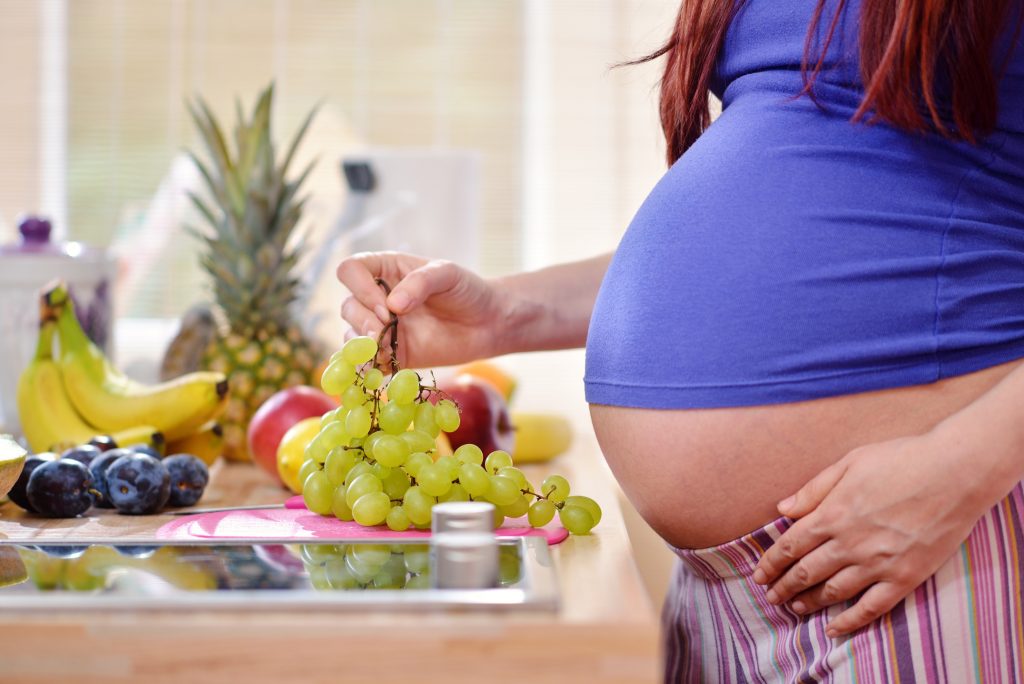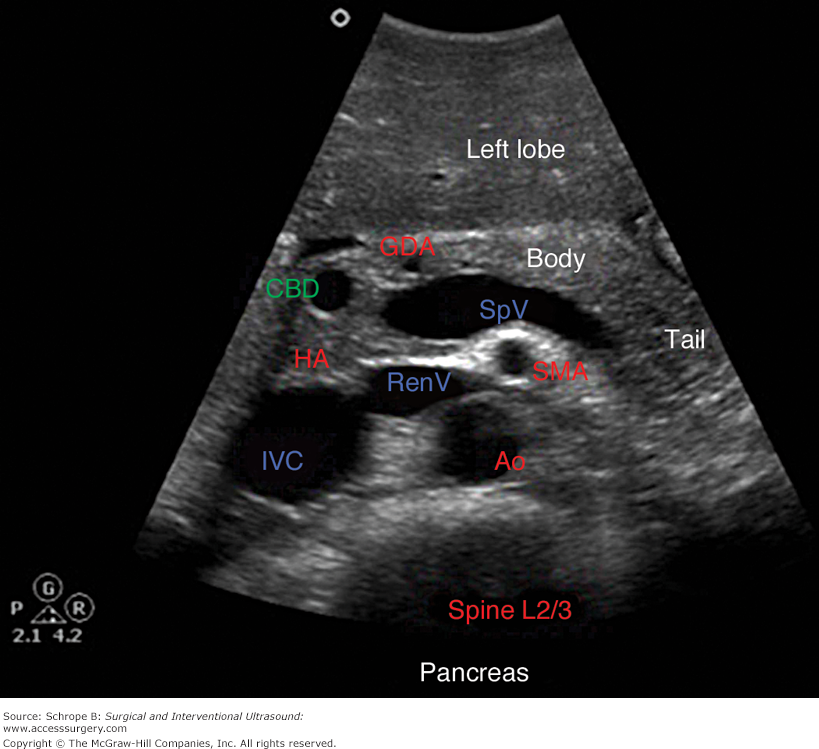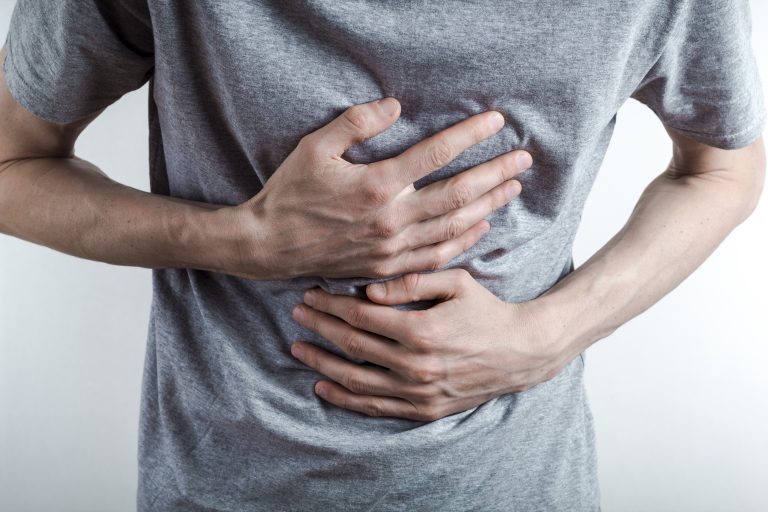Reducing swelling in hands during pregnancy
Swollen ankles, feet and fingers in pregnancy
Swelling in your ankles, legs, feet and fingers is common during pregnancy.
Causes of swelling
As your womb grows, it can put pressure on the circulation to the lower part of your body. This means that blood doesn't flow as well as usual, which can cause fluid to build up in your lower limbs.
During pregnancy your body also holds more fluid than usual. This extra fluid can collect in your legs and ankles, which can cause swelling.
It can also sometimes collect in your hands and fingers. This can cause them to swell. It may mean that you can no longer comfortably wear jewellery like rings.
When to get medical help
Swelling that happens gradually can be uncomfortable, but it's not harmful to you or your baby.
Swelling that happens suddenly or with other symptoms could be a sign of pre-eclampsia. This can cause problems for pregnant women and babies if it's not diagnosed and treated.
Always see your GP if you suddenly become swollen or have other symptoms.
High blood pressure in pregnancy and pre-eclampsia
Urgent advice: Contact your GP immediately if you have:
- sudden swelling of your face, hands or feet
- blurred vision or flashing lights before your eyes
- a severe headache
- severe pain just below your ribs
- vomiting after 24 weeks of pregnancy
Swelling in pregnancy usually affects both of your legs, ankles or feet.
Urgent advice: Always see your GP if you have:
- one leg that is swollen
- one calf that is red, hot or tender
These could be signs of a deep vein thrombosis, or DVT (blood clot).
How to reduce swelling
If you have gradual swelling and no other symptoms, there are things you can do that might help.
These include drinking plenty of water and being as active as possible. Exercise during pregnancy helps your circulation.
Swelling in your hands and fingers
There are various things you can do to reduce gradual swelling in your hands and fingers.
Use cold compresses on your hands and fingers if they are swollen. For example, wet a flannel or face cloth with cold water and hold it around the swollen part.
Try not to wear anything that is too tight on your arms or wrists. For example, tight watches or bracelets.
If you notice that your rings are becoming tight, it's probably a good idea to take them off.
Tell your GP, midwife or obstetrician if you have any pain or tingling in your wrists or fingers. This could be a sign of carpal tunnel syndrome.
This could be a sign of carpal tunnel syndrome.
Swelling in your legs, ankles and feet
To treat gradual swelling in your legs, ankles and feet, you should:
- avoid standing for long periods of time
- put your feet up when you can
- not cross your legs
- wear comfortable shoes
- drink plenty of water
- stay as active as possible
Foot exercises can help reduce ankle and foot swelling, and reduce leg cramps.
- Bend and stretch your foot up and down 30 times.
- Rotate your foot 8 times in one direction and 8 times in the other direction.

Page last reviewed: 17 May 2019
Next review due: 17 May 2022
Swollen Hands During Pregnancy: Natural Treatments
Medically reviewed by Nicole Galan, RN — By Tanya Snyder on March 17, 2016
Are you wearing your wedding ring on a chain around your neck because your fingers are too swollen? Have you bought a bigger size slip-on shoe because your feet are muffin-topping over the sides by midafternoon?
Welcome to the third trimester of pregnancy.
Many women experience swelling, also known as edema, during late pregnancy. Thankfully, all this fluid retention is for a good cause. Your blood volume and body fluids increase by 50 percent during pregnancy to soften the body and provide for the needs of your baby-to-be. The extra fluid also helps it stretch to accommodate the growth of your baby and open your pelvic joints for delivery.
Swelling isn’t usually painful, but it can be annoying. So what can you do about it? Here are five natural ways to find some relief.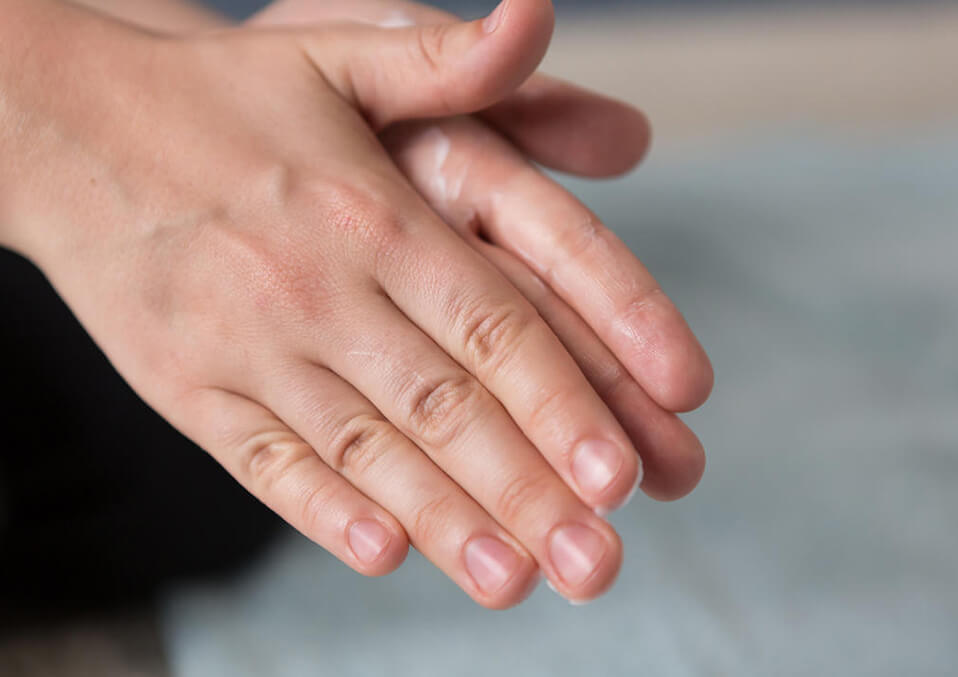
You’ve probably been told to sleep on your left side during pregnancy, right? This helps keep pressure off the inferior vena cava, the large vein that carries deoxygenated blood from the lower half of your body to the right atrium of the heart.
Lying on the back puts pressure on the vena cava. Sleeping on the left side keeps the weight of the baby off of the liver and the vena cava.
It’s not dangerous if you occasionally end up sleeping on your right side, but try to sleep on the left whenever possible.
It may sound counterintuitive, but drinking a lot of water can help reduce fluid retention by flushing out your system.
Some women also find it helpful to swim or stand in water. The water pressure outside your body might help compress the tissue inside your body. This can help flush out the trapped fluids. Swimming is fabulous exercise during pregnancy, too.
Support pantyhose or compression stockings can help keep your feet and ankles from ballooning. Make sure to put them on in the morning before your feet swell.
Make sure to put them on in the morning before your feet swell.
Don’t wear anything that’s constricting at the ankle or wrist. Some socks that don’t feel tight in the morning create a deep welt by the end of the day.
Comfortable shoes help, too.
Potassium deficiency can cause swelling, so add bananas to your grocery list. Excessive salt intake can also lead to swelling, so go easy on the sodium.
Eat a balanced diet high in lean protein and vitamin-rich fruits and vegetables, and low in processed foods. For gentle diuretics, try these foods:
- celery
- artichokes
- parsley
- ginger
Caffeine can cause fluid retention, even though you always seem to pee right after you drink coffee. But you’re probably already limiting your caffeine intake for other reasons.
Chilled cabbage leaves can help draw out excess fluid and reduce swelling. Dandelion tea can help the body metabolize fluids. You can also make a tea out of coriander or fennel.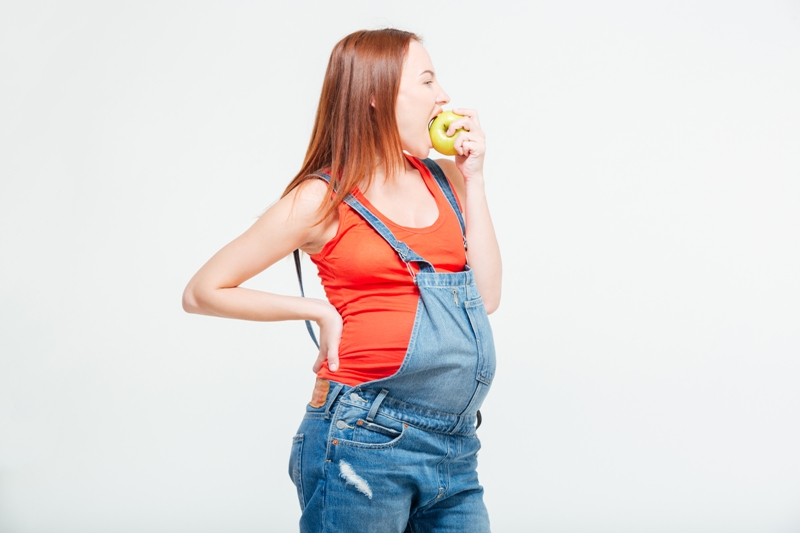 Check with your doctor before drinking herbal tea to make sure it’s pregnancy-safe.
Check with your doctor before drinking herbal tea to make sure it’s pregnancy-safe.
Massaging your feet with mustard oil or flaxseed oil might effectively relieve swelling.
Edema is usually harmless, but if the swelling comes on very suddenly and strongly, it can be a sign of preeclampsia. This is a serious condition. If you experience preeclampsia, swelling in the hands, feet, or face would likely be accompanied by a spike in blood pressure.
Other symptoms of preeclampsia include:
- headache
- nausea
- vomiting
- abdominal and or shoulder pain
- lower back pain
- sudden weight gain
- changes in vision
- hyperreflexia
- shortness of breath, anxiety
If the swelling is only in one leg, and the calf is red, tender, and lumpy, you might have a blood clot. In either case, call your doctor right away.
Carpal tunnel syndrome can also be a problem when excessive fluid compresses the median nerve in your arm.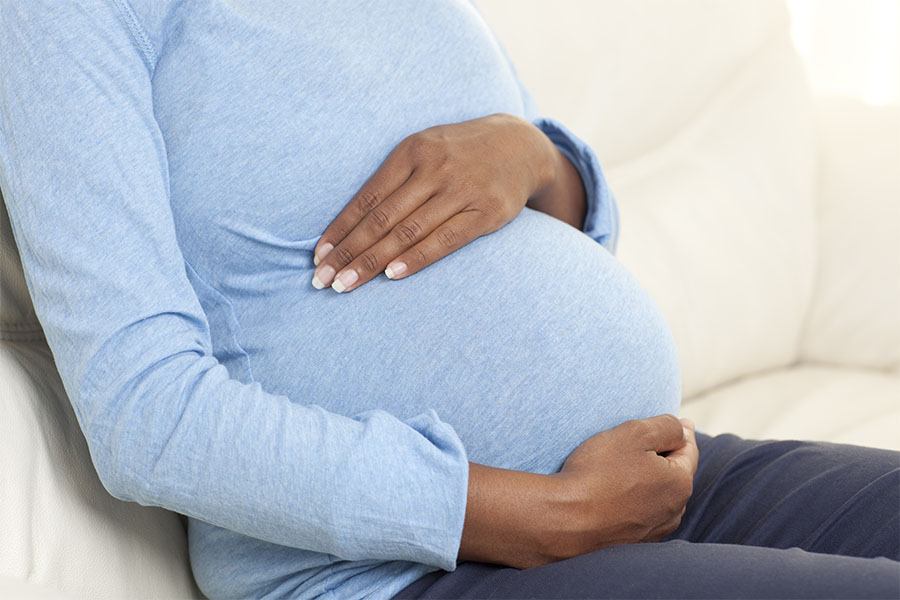 This nerve brings sensation to your middle, index fingers, and thumb. Get this checked out if you have pain, numbness, or tingling in addition to the swelling in your hands. Let your doctor know if your hands are suddenly weak or clumsy.
This nerve brings sensation to your middle, index fingers, and thumb. Get this checked out if you have pain, numbness, or tingling in addition to the swelling in your hands. Let your doctor know if your hands are suddenly weak or clumsy.
Don’t be surprised if the swelling temporarily gets worse after you give birth. Your body is racing to get rid of all that extra fluid. You might be uncomfortable now, but within a few days of delivery, pregnancy-related edema will be a distant memory.
reasons, what to do, how to reduce
PreviousNext
- Is swelling during pregnancy normal?
- Where can edema appear?
- How to detect edema?
- Are swelling during pregnancy dangerous?
- How to reduce swelling during pregnancy?
- If swelling disappears during pregnancy, is it good?
Contents:
Pregnancy is a happy time in anticipation of a miracle, but even it has a few “fly in the ointment” that few people manage to avoid.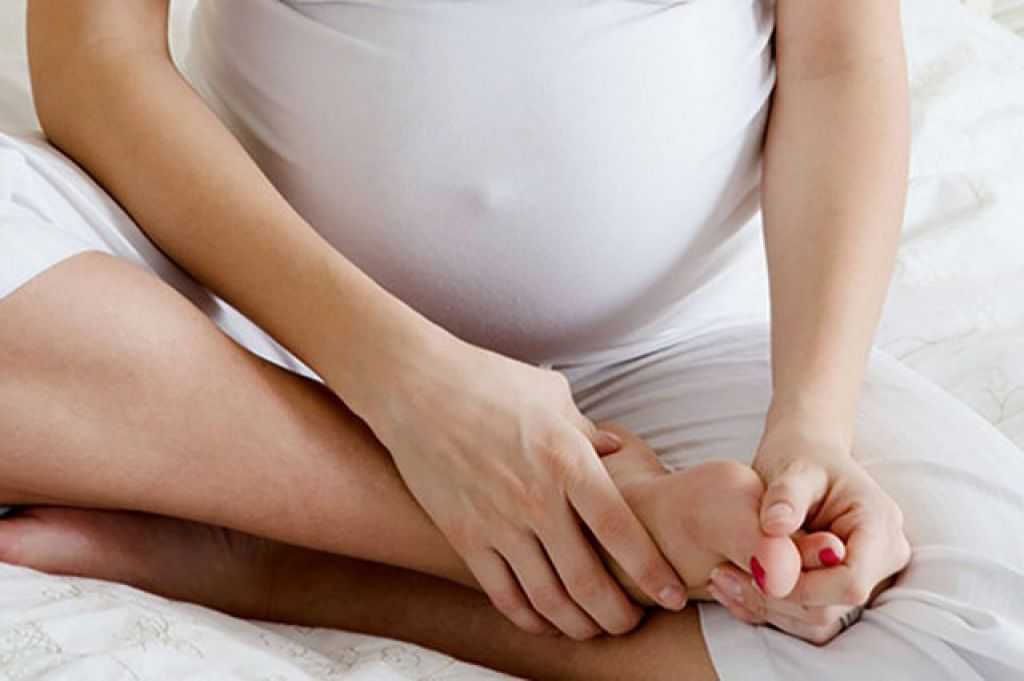 Perhaps the most famous of them are toxicosis, digestive problems, back pain and, of course, swelling. Why do pregnant women swell? By what signs can you understand that it is time to start treatment? What can be done to prevent or reduce swelling? Let's discuss the causes and consequences.
Perhaps the most famous of them are toxicosis, digestive problems, back pain and, of course, swelling. Why do pregnant women swell? By what signs can you understand that it is time to start treatment? What can be done to prevent or reduce swelling? Let's discuss the causes and consequences.
Is swelling during pregnancy normal?
More likely yes than no. The key causes of edema during pregnancy are an increase in fluid in the woman's body and a high level of progesterone 1 . This hormone begins to be actively produced even during ovulation, preparing the uterus for egg implantation. Its concentration remains consistently high in a woman's blood throughout pregnancy, providing many important functions associated with fetal development. Unfortunately, it has such a side effect.
Interesting fact
Many women experience swelling before menstruation 2 . It's also progesterone. The hormone level rises in the second half of the menstrual cycle, which leads to this result.
The very fact that one of the causes of edema during pregnancy is the production of a very important hormone does not mean at all that you need to accept this situation with humility. It all depends on the severity of the condition: slight swelling in pregnant women is almost inevitable, but if they become significant, it is worth thinking about treatment.
What other changes in the body appear during pregnancy, read here.
Where can edema appear?
Edema during pregnancy is most often localized on the feet, ankles and lower legs. The reasons are clear: excess liquid first collects at the very bottom - where gravity pulls it. Usually everything starts with pastosity - mild swelling with blanching and a decrease in skin elasticity.
The next favorite place for pastosity and swelling is the hands. Also, excess fluid often leaves a mark on the face, along with edema, nasal debt may appear - the so-called "pregnant rhinitis" 3 .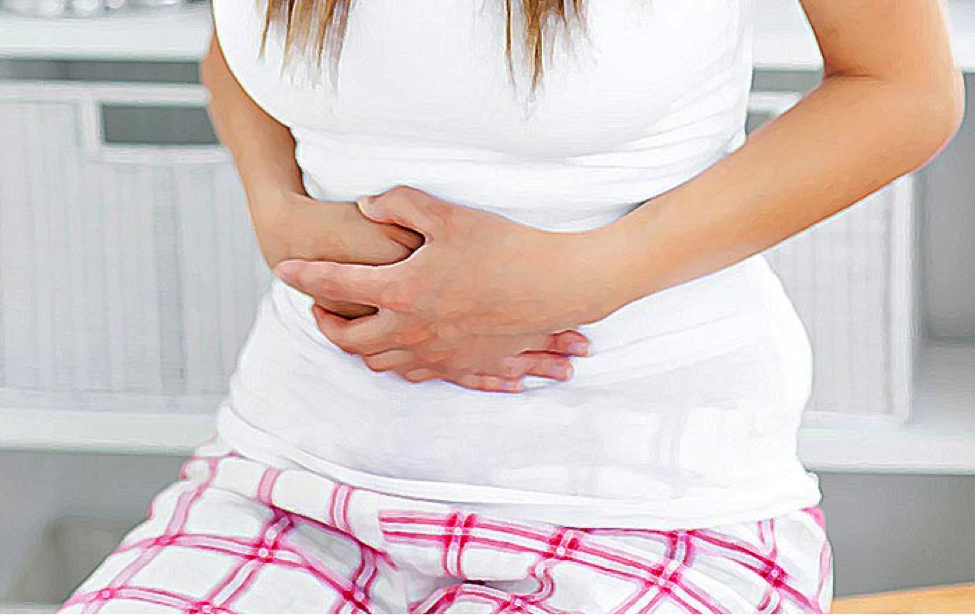
Important to know!
Most people consider cold drops and sprays to be among the most harmless medicines. Just not during pregnancy - many of them are dangerous for the fetus 4 ! Be sure to consult your doctor before treating a runny nose.
And even in the early stages of pregnancy, a woman's body temperature rises to a more comfortable fetus - just above 37 ° C. This does not mean at all that you have caught a cold or caught a virus. To learn more about basal temperature, read our article.
How to detect swelling?
Severe swelling during pregnancy is hard to miss. When puffiness is not so pronounced, especially if the accumulation of excess fluid occurs slowly, the following signs will help to detect them:
-
There is a suspicious weight trend. If you follow the diet recommended by your doctor, but the weekly weight gain exceeds the norm for this period of pregnancy, most likely water is retained somewhere in the body.
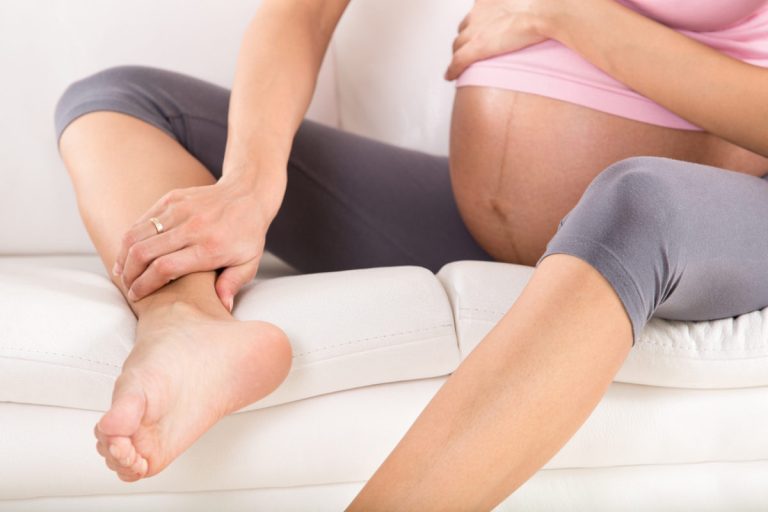
-
Rings get stuck on the fingers, tight shoes. Signs of pastosity during pregnancy are easiest to detect by things picked up by hand or leg - they begin to press. By the way, it is better to remove the rings while there is such an opportunity.
-
The face is rounded. Every day you see your face in the mirror and you will surely notice if its forms begin to blur, smooth out.
-
There are traces of rubber bands. Many women today wear "footprints" - short socks that are almost invisible from the shoes. Perhaps the high "classic" is not so elegant, but it is an excellent tool for the early diagnosis of edema during pregnancy. If their elastic bands leave embossed marks on the legs, it means that excess fluid is collecting in the tissues.
-
There are unusual sensations in the fingers. If you feel tingling, burning, or numbness in your fingers, if there is pain or tension when you bend your fingers or step on your toes, it is most likely a sign of swelling.

Is swelling during pregnancy dangerous?
Edema is an excess accumulation of fluid in tissues 5 . As you can see, in this definition there is no clarification “in the tissues located directly under the skin”, internal organs can also swell. Often, swelling of the arms, legs, face in pregnant women is just the tip of the iceberg. Hidden from the eyes, internal stagnation of water can cause dysfunction of organs, general dehydration, and impaired oxygen transport. Ultimately, this can threaten the fetus with an insufficient supply of nutrients and oxygen starvation. Severe swelling during pregnancy affects not only the beauty of the expectant mother, but also the health of her baby.
Medicine divides edema during pregnancy into physiological and pathological. The former refers to almost inevitable changes associated with a hormonal shift and a general increase in fluid circulating in the body. The latter are a sign of various internal problems, such as kidney disease, heart failure, varicose veins, preeclampsia (late toxicosis) and others.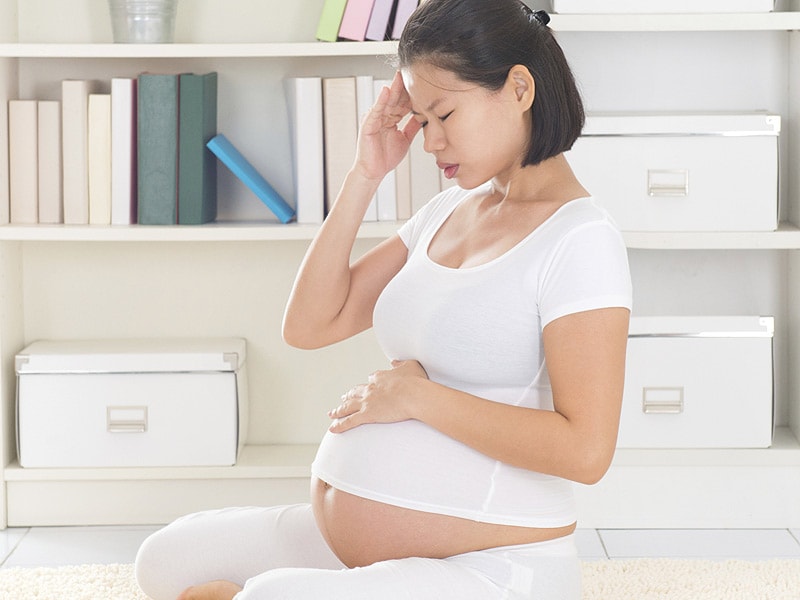 Physiological edema usually does not require treatment - to reduce them, it is enough to follow a healthy lifestyle. In pathological cases, it is necessary to find the cause and eliminate it.
Physiological edema usually does not require treatment - to reduce them, it is enough to follow a healthy lifestyle. In pathological cases, it is necessary to find the cause and eliminate it.
Your doctor will be able to distinguish physiological from pathological edema based on the results of the examination and tests. In particular, the presence of protein in the urine is an alarming sign. Between visits to the doctor, you yourself can suspect a pathology if the edema grows too quickly, starts to rise above the shins, and when you press on the swollen places, dents remain on the skin, which slowly resolve.
How to reduce swelling during pregnancy?
Pharmaceutical treatment is the last resort and is used only in extreme cases. Usually it is enough to adjust the lifestyle and acquire a few good habits. We will give you 12 simple recommendations that will help reduce water retention in the body 1 .
-
Observe the regime of the day.
 Try not to overwork during the day and have a good rest. The duration of sleep during pregnancy should be at least 8 hours, and if your body has such a need, even 9-10 hours.
Try not to overwork during the day and have a good rest. The duration of sleep during pregnancy should be at least 8 hours, and if your body has such a need, even 9-10 hours. -
Walk more. Your assistants in the treatment of edema during pregnancy are fresh air and reasonable physical activity. If in ordinary life you are used to walking only from the elevator to the parked car and back, something needs to be done about it.
-
Wear comfortable shoes. Even if you really love high-heeled shoes, even if you have complexes without them because of your own height, you will have to give them up for a while. Uncomfortable shoes exacerbate swelling during pregnancy, and soft shoes with low heels help fight it. If your feet still hurt at the end of the day, visit an orthopedic salon and ask a specialist to make custom insoles for you.
-
Change your posture more often. When your body becomes numb, it swells. Try not to sit or stand without moving for a long time.
 Both at work and at home, periodically leave your favorite chair to stretch a little. And while you are sitting in it, do not freeze in one position - move your arms and legs, change the position of your body.
Both at work and at home, periodically leave your favorite chair to stretch a little. And while you are sitting in it, do not freeze in one position - move your arms and legs, change the position of your body. -
Let's rest our feet. To prevent swelling in the legs, it is necessary to periodically raise them higher. So you facilitate the work of the circulatory system and allow it to pump out a little excess fluid from the legs. It is ideal to lie on your back with your legs up, but even if you just put them on a nearby chair during lunch in a corporate kitchen, this is not bad.
-
Exercise. In the fight against puffiness during pregnancy, simple physical exercises are useful - tilts, turns, etc. Statics will also help: kneel, then lower yourself on your elbows, stand in this position for 5 minutes. Yoga classes for pregnant women also allow you to disperse the fluid.
-
Lie on your side. In late pregnancy, your body itself will tell you the correct position for rest - lying on your side.
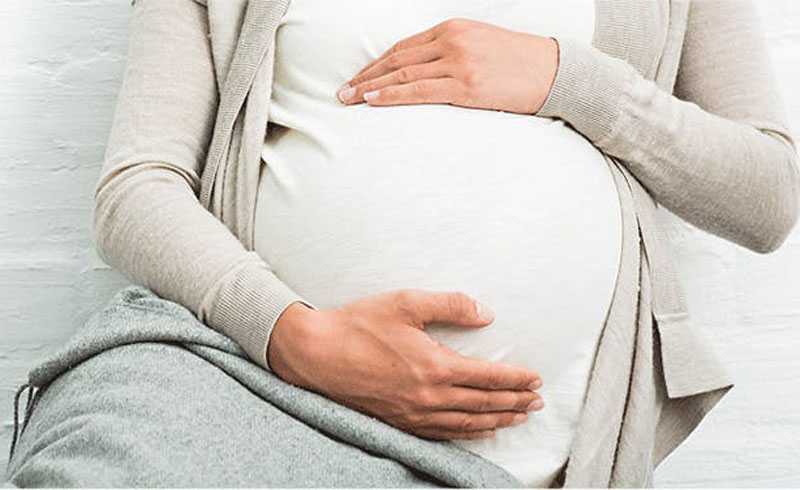 In the early stages, it is also the most useful: in this position, the kidneys work most efficiently, utilizing excess water.
In the early stages, it is also the most useful: in this position, the kidneys work most efficiently, utilizing excess water. -
Drink, and do not limit yourself in this. You might think: the less I drink, the less swelling there will be. No, you can't drive them away like that, but getting dehydrated is easy. Drink as much as you want, but only clean water, fruit drinks or decoctions without sugar. Soda, juices from the store and other sugary drinks should be excluded from the diet.
-
Maintain a nutritional balance. During pregnancy, eat more protein foods, avoid pastries, bread, sweets and other carbohydrate-rich foods, limit the amount of fat in the diet. Completely give up "empty calories" - snacks and fast food.
-
Arrange fasting days. Treat yourself with a diet once a week. It's not about sitting on the water all day. There are many recipes for a tasty and quite nutritious "unloading" - from a kefir or banana diet to a chicken breast day or fruit smoothies.
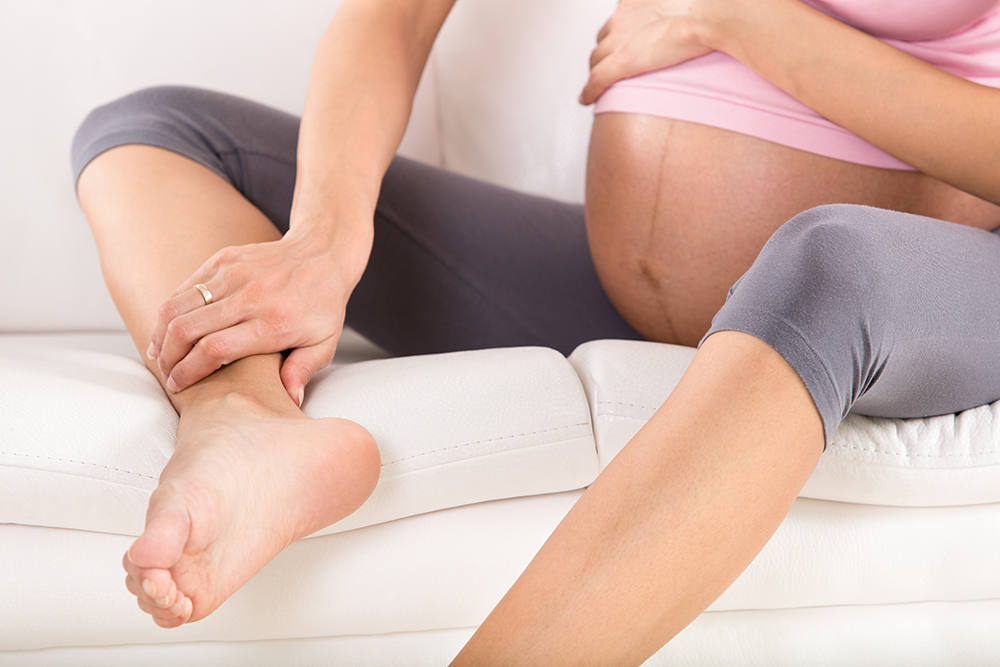
-
Control your sodium intake. Sodium salts hold fluid in tissues, and the most famous of them is ordinary table salt. To prevent severe swelling during pregnancy, limit your daily salt intake to one level teaspoon, even less is better. When calculating, do not forget that salt enters the body not only from the salt shaker. It is found in many food ingredients (meat, fish, dairy products, tomatoes, etc.), and in almost all semi-finished and finished products - from sausage to bread. Over time, you may even come to love the natural taste of food without or with minimal salt added - it is quite good.
-
Take natural diuretics. Rosehip, hawthorn, chamomile, lingonberry, bearberry - in the pharmacy you can find a lot of natural remedies to combat edema. Discuss the purchase with your doctor: during pregnancy, you should consult with him before taking any medications, even herbal ones.
Compression stockings 6 can be worn to prevent swelling and varicose veins.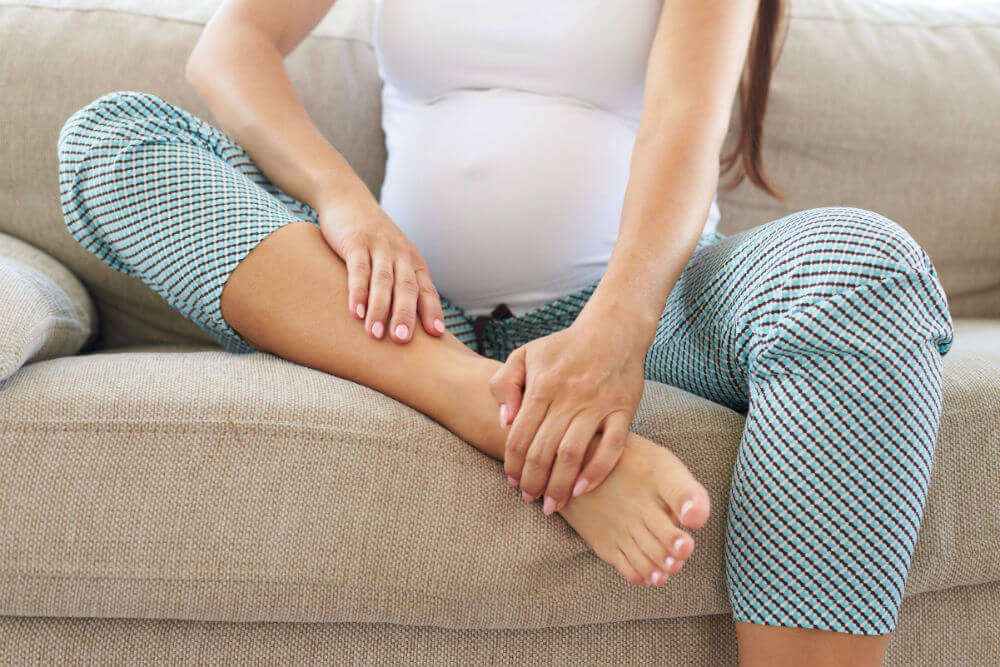 Consult a doctor - he will tell you what is better to buy and how to use.
Consult a doctor - he will tell you what is better to buy and how to use.
If swelling disappears during pregnancy, is it good?
If you've recently changed your diet, started spending more time outdoors, or are taking other activities, that's very good. So your treatments are working and you are on the right track.
Another thing is when edema during pregnancy disappears by itself, without any changes in your life. A few days before the planned date of delivery, this is normal: progesterone has done its job, and its level drops 7 , releasing excess water. If the birth is still far away, a spontaneous decrease in edema is at least a suspicious sign. Contact your doctor to establish the cause of the body's unexpected gift and decide what to do about it.
Links to sources:
-
13 Home Remedies for Swollen Feet During Pregnancy. Link: https://www.healthline.com/health/pregnancy/swollen-feet-during-pregnancy#causes
-
Pascale Mutti Tacani, Danielle de Oliveira Ribeiro, Barbara Evelyn Barros Guimarães, Aline Fernanda Perez Machado, and Rogério Eduardo Tacani.
 Characterization of symptoms and edema distribution in premenstrual syndrome. Int J Women's Health. 2015; 7:297–303. Link: https://www.ncbi.nlm.nih.gov/pmc/articles/PMC4362892/
Characterization of symptoms and edema distribution in premenstrual syndrome. Int J Women's Health. 2015; 7:297–303. Link: https://www.ncbi.nlm.nih.gov/pmc/articles/PMC4362892/ -
Eva K Ellegard. Special Considerations in the Treatment of Pregnancy Rhinitis. Women's Health, Volume: 1 issue: 1, page(s): 105-114. Link: https://journals.sagepub.com/doi/full/10.1517/17455057.1.1.105
-
Wai-Ping Yau, Allen A. Mitchell, Kueiyu Joshua Lin, Martha M. Werler, and Sonia Hernández-Díaz. Use of Decongestants During Pregnancy and the Risk of Birth Defects. Am J Epidemiol. 2013 Jul 15; 178(2): 198–208. Link: https://www.ncbi.nlm.nih.gov/pmc/articles/PMC3816336/
-
Big medical encyclopedia. Edema. Link: https://bme.org/index.php/EOTYOK
-
What to Know About Compression Socks and Stockings. Link: https://www.healthline.com/health/compression-socks-benefits
-
Astle S, Slater DM, Thornton S. The involvement of progesterone in the onset of human labor.
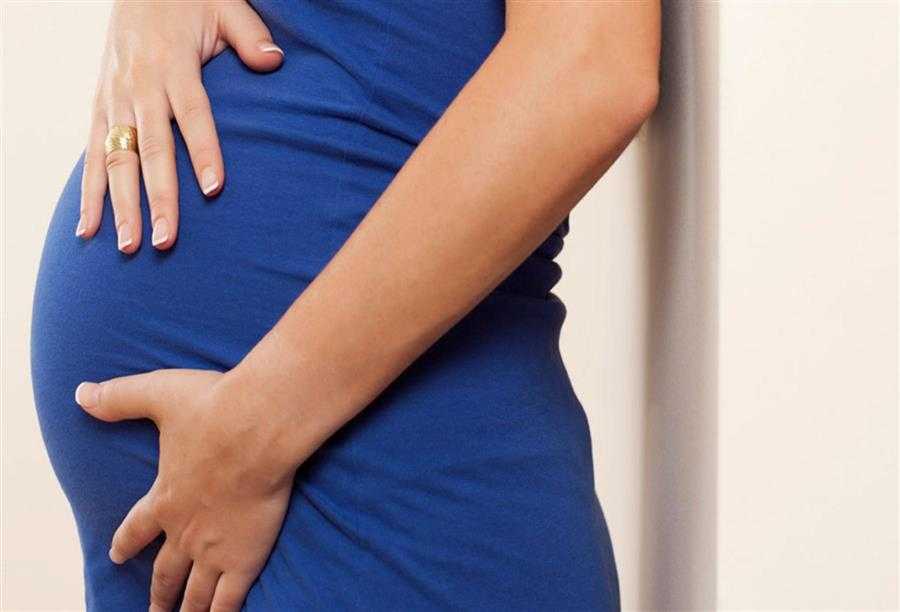 Eur J Obstet Gynecol Reprod Biol. 2003 Jun 10;108(2):177-81. Link: https://pubmed.ncbi.nlm.nih.gov/12781407/
Eur J Obstet Gynecol Reprod Biol. 2003 Jun 10;108(2):177-81. Link: https://pubmed.ncbi.nlm.nih.gov/12781407/
Follow us on Yandex Zen
what to do if legs and arms swell during pregnancy
Edema during pregnancy, few people manage to avoid. According to various sources, only a fifth of future mothers are lucky. For the rest, this unpleasant phenomenon causes a lot of moral and physical suffering. What to do? Let's try to explain.
What is edema?
Edema is an excess of fluid in the tissues. The place where it accumulates looks swollen, puffy. In the early stages, the problem is almost imperceptible or it does not exist at all, which cannot be said about edema during pregnancy in the second and third trimesters.
Pay attention! Hot flashes during early or late pregnancy and swelling are two different things! In the first case, we are talking about a sudden fever (less often chills), and not about the accumulation of fluid.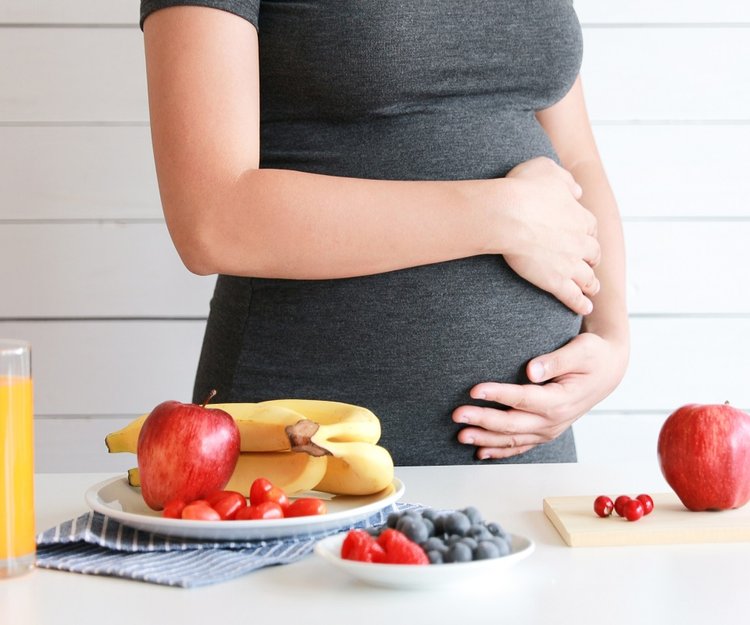
Why pregnant women have swollen legs
In fact, understanding the cause of edema is very important, because they are both natural and pathological. The latter are quite rare, but are the causes of severe violations.
Natural or physiological edema during pregnancy begins due to a changing hormonal background, when sodium salts linger in the tissues and do not go away. In another version, the growing uterus, while the woman is lying, occludes the inferior vena cava and does not allow blood to leave the femoral veins.
Pathological swelling during pregnancy may indicate the presence of:
| Disease | Description |
| Deep vein thrombosis | Blockage of the vessel, which leads to death. Risk factors: trauma, venous insufficiency, smoking, physical inactivity, oncology. |
| Preeclampsia | It occurs in approximately 2% of pathological edema. |
| Phlegmon | Acute infection, usually caused by streptococci; characterized by skin lesions and inflammation of the subcutaneous tissue. |
Types and features of edema
Edema begins in the lower extremities and gradually moves up to the face. We’ll talk about the dangers of edema during pregnancy a little later, but for now it’s worth understanding if there is any difference between them at different times. Note that we will talk about pathological situations when the accumulation of fluid exceeds the norm by 30%.
Early
Edema is not as common in early pregnancy. The weight of the child and the volume of the uterus are not yet so large as to interfere with the full functioning of the body. However, if they occur, then you should pay the attention of your doctor to this, since such deviations may indicate serious illnesses. In particular:
- hypothyroidism - insufficient production of thyroid hormones.
- kidney problems - that is why it is very important to take urine for analysis every two weeks.
Second trimester
In the middle of pregnancy, this pathology can signal the onset of varicose veins, in which case the doctor will send the woman for a consultation with a phlebologist.
Another pathology that causes the disease is heart failure. The disorder is also accompanied by shortness of breath and cyanosis of the mucous membranes. Such problems will have to be treated together with a cardiologist.
But a much bigger problem when carrying a baby is preeclampsia.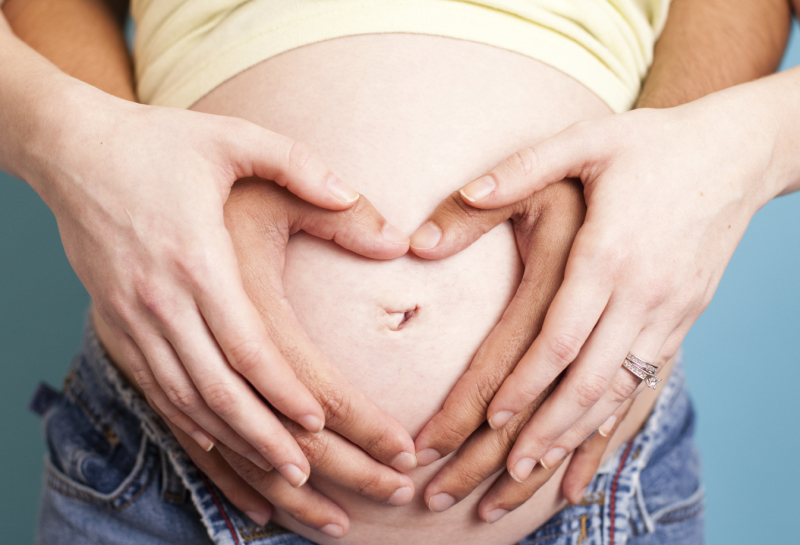 Its onset can be seen already at 18-20 weeks, although the disease is gaining full strength in the third trimester. It will only have to be treated in a hospital.
Its onset can be seen already at 18-20 weeks, although the disease is gaining full strength in the third trimester. It will only have to be treated in a hospital.
Late term
Here it is worth dwelling in more detail on gestosis. So called late toxicosis. Together with edema, a woman is tormented by high blood pressure, nausea, vomiting, convulsions, drowsiness, weakness, fever, or excessive emotional arousal, which affects the physical condition.
The condition has four levels of severity:
| Severity | Description |
| 1 degree | edema directly |
| 2 degree | protein in the urine and problems with pressure are added to them |
| 3 degree | preeclampsia |
| 4 degree | eclampsia, in which strokes and placental abruption are possible |
Case study:
A woman was observed in our hospital with complaints of severe swelling of the legs during pregnancy.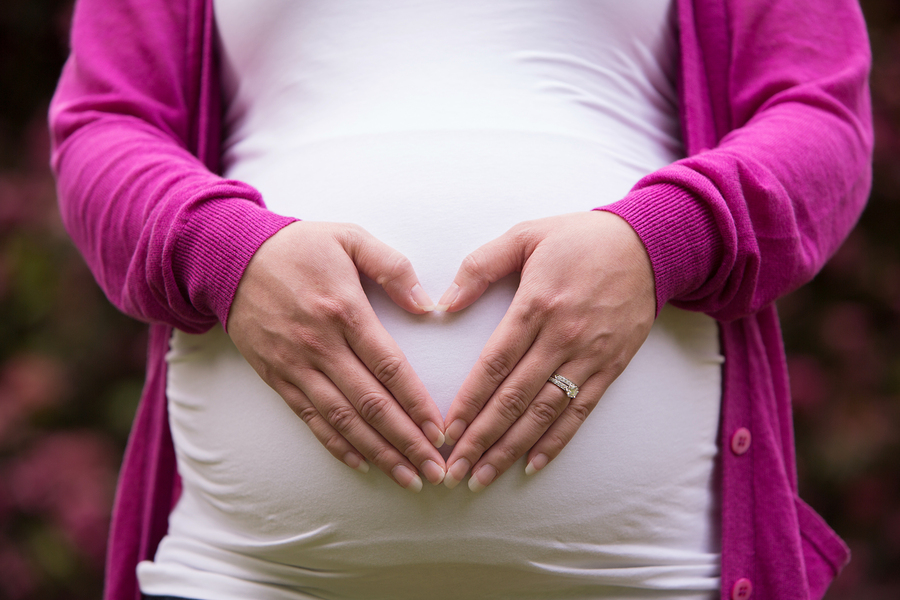 The lower limbs were indeed swollen, which was noticeable to the naked eye. During the survey, it turned out that the woman's blood pressure began to rise regularly. Since she was already in her 3rd trimester, the patient was recommended to immediately go to the hospital for preservation and additional examination. As a result, the patient was diagnosed with preeclampsia.
The lower limbs were indeed swollen, which was noticeable to the naked eye. During the survey, it turned out that the woman's blood pressure began to rise regularly. Since she was already in her 3rd trimester, the patient was recommended to immediately go to the hospital for preservation and additional examination. As a result, the patient was diagnosed with preeclampsia.
How to get rid of swelling during pregnancy
Physiological edema can be prevented or at least reduced. For this you need:
- reconsider your diet - there should not be fried, smoked, salty or spicy.
- treat water more carefully - drink only clean, non-carbonated and, preferably, most of it before lunch.
- less to be in the heat and in stuffy rooms - you will certainly want to drink.
- wear comfortable shoes.
- lie down daily for about half an hour so that the legs are located above the head.
- walk more - light physical activity is good for everyone, but in this case there is a need for the approval of a doctor.
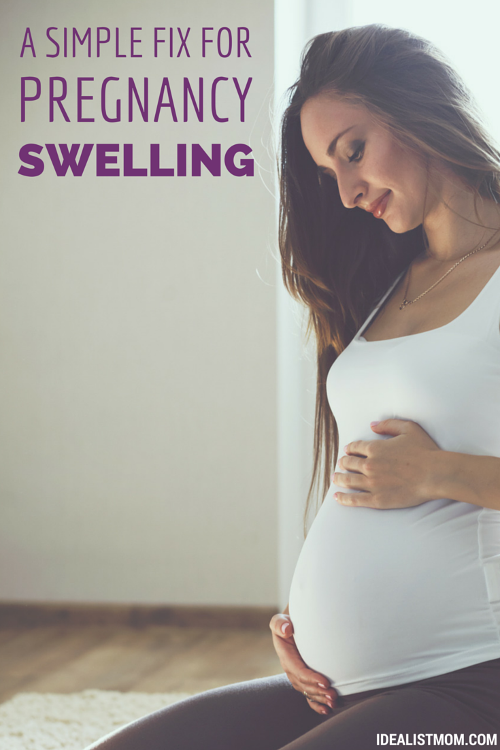
Your doctor may give you other recommendations. It is important to take into account all the factors of pregnancy and choose the most effective therapy within the given framework. Our doctors can advise you remotely and draw up the right treatment regimen.
FAQ
Swollen legs during pregnancy - how to fix?
+
You need to discuss this with the doctor who manages the pregnancy. Edema can be both physiological - then you will simply be given a number of recommendations for their elimination, and pathological - when it comes to certain disorders in the body.
What is "internal edema" during pregnancy?
+
Internal or hidden edema during pregnancy is invisible externally. Here we are talking about swelling of the internal organs. A violation is calculated by exceeding the norm of weight gain in the last terms.
How to eliminate swelling at 37-39 weeks of pregnancy?
+
Follow the recommendations of the doctor and, if necessary, undergo a course of treatment. In any case, your doctor will answer all questions in more detail. Do not self-medicate.
We publish only verified information
Article author
Menshikova Maria Viktorovna obstetrician-gynecologist
Experience 38 years
Consultations 1816
Articles 46
Specialist with extensive practical experience.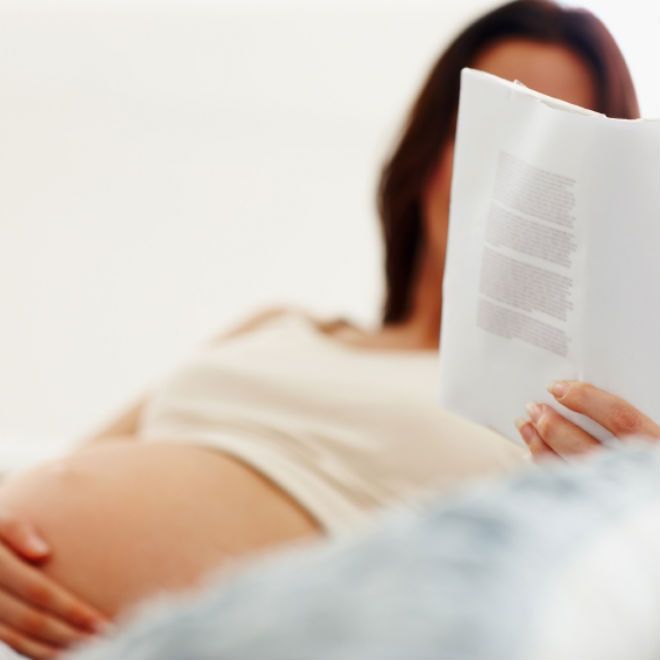
 It is characterized by increased blood pressure and high levels of protein in the urine. The disease has varying degrees of severity. The most terrible consequences are a stroke, the death of a mother or child, fetal pathology. Risk factors: chronic hypertension, adolescence or women over 35 years of age, hereditary predisposition, first or multiple pregnancies, diabetes mellitus, etc.
It is characterized by increased blood pressure and high levels of protein in the urine. The disease has varying degrees of severity. The most terrible consequences are a stroke, the death of a mother or child, fetal pathology. Risk factors: chronic hypertension, adolescence or women over 35 years of age, hereditary predisposition, first or multiple pregnancies, diabetes mellitus, etc. 
:strip_icc():format(jpeg)/kly-media-production/medias/2785562/original/028627600_1556001360-shutterstock_1019963743.jpg)
